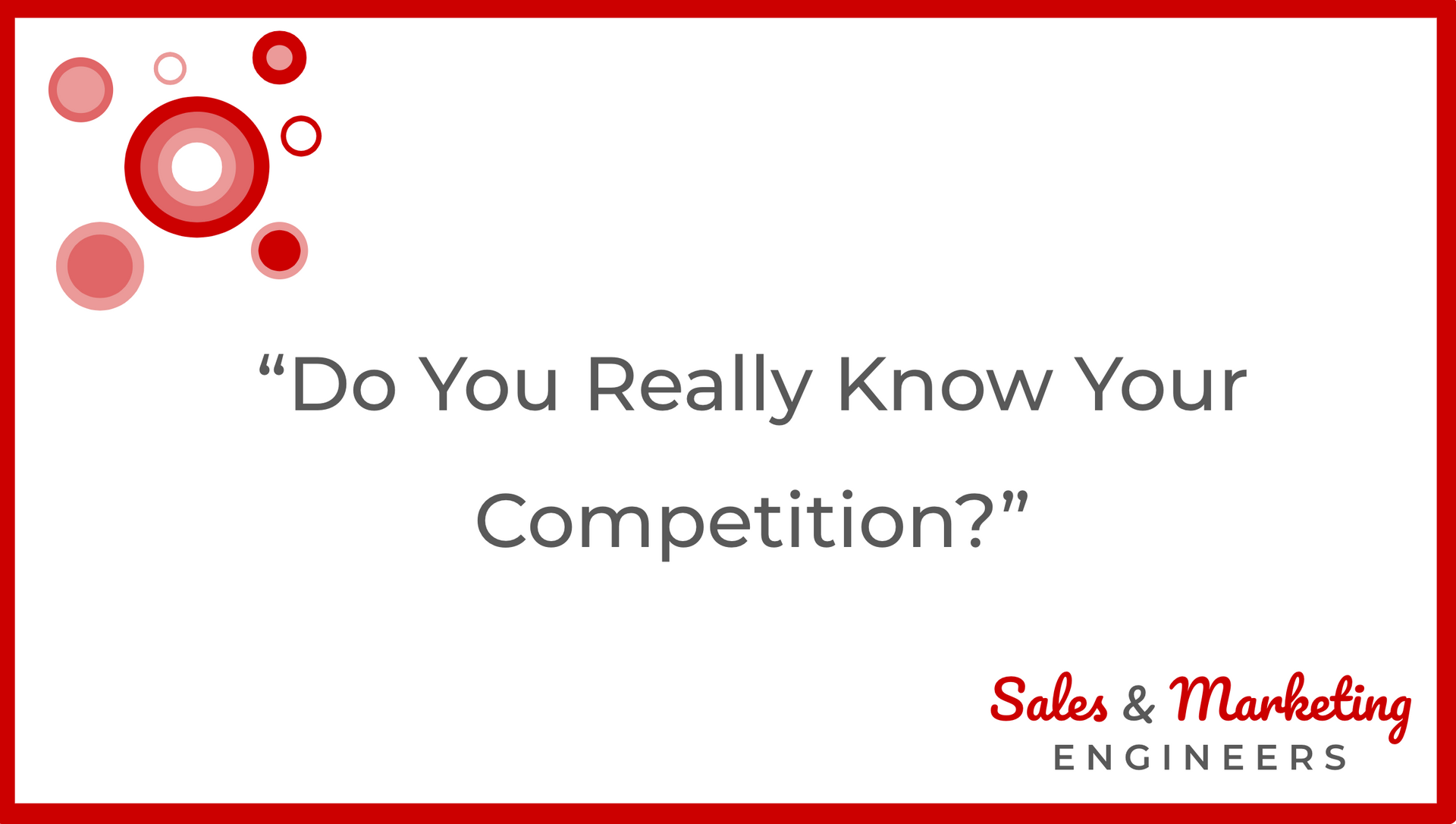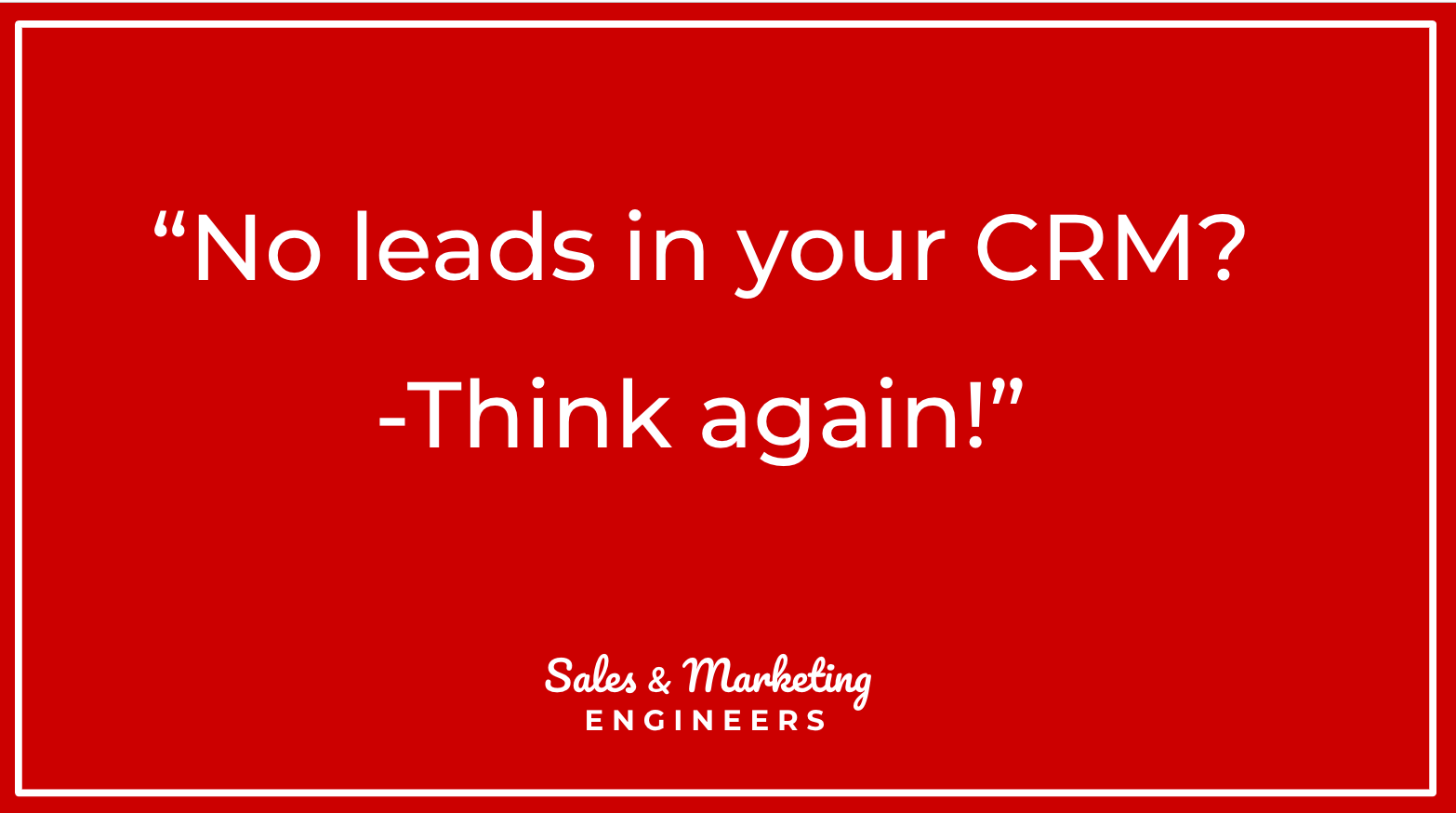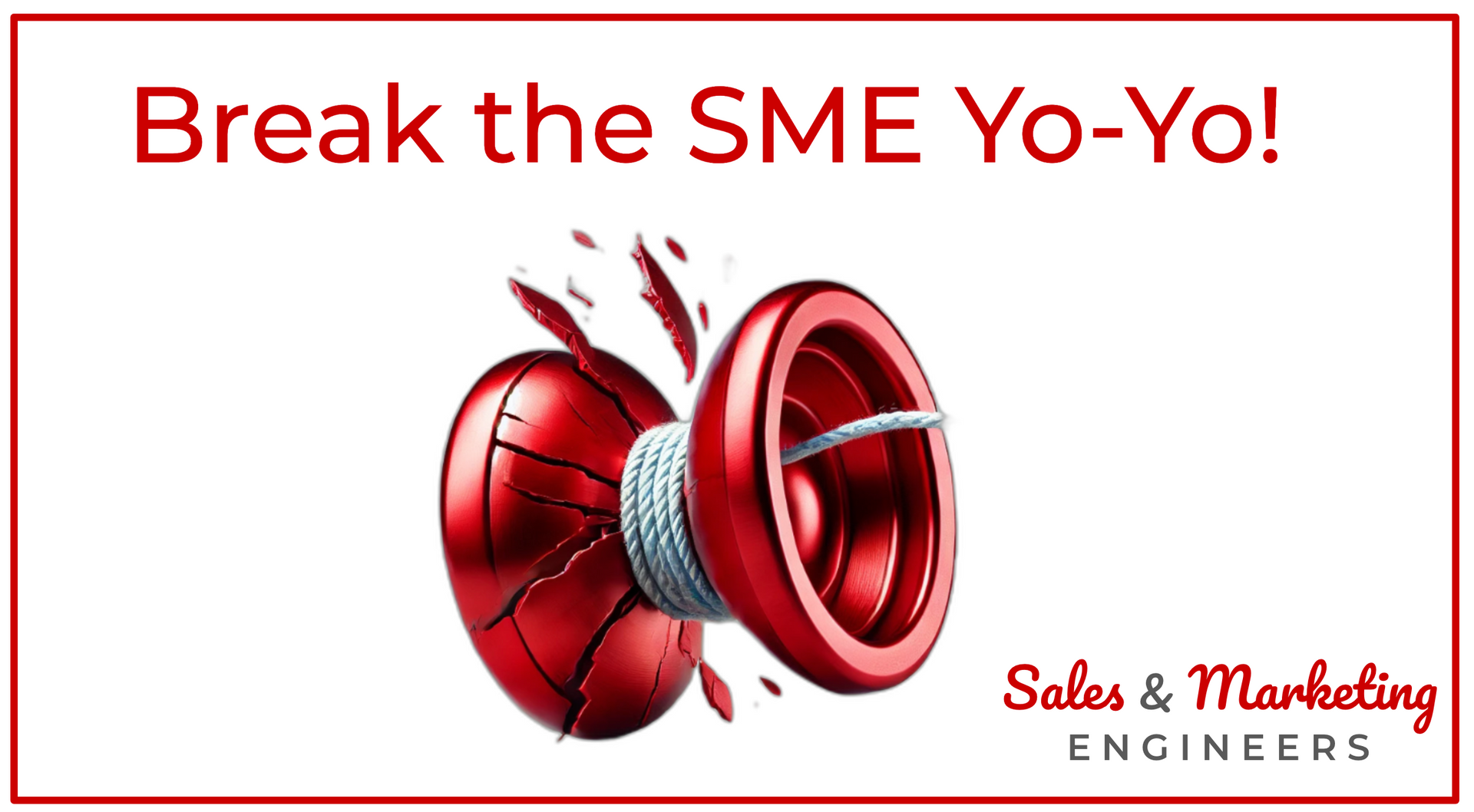Competitive Analysis: Engineering Your Market Advantage
"We are not worried about our competition - we want to do things our way" - is a common approach I hear a lot from companies.
Your brilliant engineering deserves brilliant positioning. But first, you need to know what you're up against, or you run the risk of doing exactly what they do or missing out at what works!
Most engineering SMEs think they can just build better products and customers will find them. That's like designing a bridge without surveying the terrain first — you might create something magnificent, but will it actually get people where they need to go?
Your competitive advantage isn't just about what you build — it's about understanding the entire landscape so you can position yourself where others haven't thought to look.
Why Competitive Analysis is Your Strategic Redprint
Before you can create the blueprint for your company's sales and marketing systems, you need a strong strategy (redprint) based on solid competitive intelligence.
Think of competitive analysis as reverse-engineering the market. Just as you'd dismantle a competitor's product to understand how it works, you need to dismantle their entire go-to-market strategy to see where the weak joints are.
This isn't just about knowing who's in your space. It's about stress-testing their approach to find where they'll crack under pressure — and where you can build something stronger.
The best part? Modern AI tools make this process as systematic as any quality control procedure. You can now automate market intelligence like you'd automate any other critical business process.
How to Engineer Your Competitive Analysis
1. Map Your Competitive Landscape
Start by identifying your direct and indirect competitors — companies solving the same problems, even if they're using different methods. Use AI tools like ChatGPT or Gemini to create comprehensive competitor profiles. It's like creating a complete schematic of the competitive environment.
2. Audit Their Digital Infrastructure
Examine their websites, social media, and content strategy. What messaging are they using? How do they engage prospects? Tools like SimilarWeb or SEMrush can analyse their traffic sources and digital strategy. Then supercharge this analysis with detailed AI prompts to examine every component at scale.
3. Reverse-Engineer Their Marketing Systems
Investigate their marketing channels and tactics. Are they investing in SEO, PPC, or email marketing? Understanding their approach helps you identify gaps in their coverage — places where you can build a stronger position.
4. Monitor Customer Feedback Loops
Customer reviews and testimonials reveal where competitors excel and where they fail. This is your quality control data on their customer experience — invaluable intelligence for improving your own offering.
5. Deploy Continuous Monitoring Systems
Use AI-powered tools like Crayon or Owler to automate competitor monitoring. These platforms provide real-time updates on strategy changes, like having sensors throughout your competitive environment.
6. Benchmark Performance Metrics
Tools like Google Trends or BuzzSumo show how their content performs compared to yours. This helps identify content gaps and new opportunities to explore.
The Strategic Application: Building Your Competitive Engine
Here's where most businesses fail — they gather intelligence but don't engineer it into actionable strategy. Your competitive analysis is only valuable if you systematically apply what you've learned.
Apply What's Proven to Work
When you spot competitors succeeding with specific tactics, don't ignore them — improve them. If a competitor's case studies are generating leads, create better case studies. If their webinar strategy is working, engineer a more systematic approach to educational content.
This isn't copying — it's taking proven components and engineering them to work better in your system.
Engineer Solutions for Market Gaps
The real opportunity lies in what competitors aren't doing. Look for:
- Service gaps where customer complaints aren't being addressed
- Communication gaps where technical concepts aren't being explained clearly
- Channel gaps where competitors aren't reaching certain audience segments
- Process gaps where their customer journey has friction points
Test and Calibrate Your Position
Like any engineered system, your competitive positioning needs testing and refinement. Monitor how your differentiation performs in the market and adjust accordingly. Your competitive advantage isn't a one-time build — it's a system that requires ongoing maintenance and improvement.
Systematic Market Advantage
Your engineering expertise gives you a natural advantage in competitive analysis — you understand systems, processes, and continuous improvement. Apply that same systematic thinking to understanding your market position.
Before you invest time and budget into marketing that might miss the mark, engineer a clear understanding of your competitive landscape. Know what's working, identify the gaps, and build your strategy accordingly.
Remember: you're not just trying to be different — you're engineering a sustainable competitive advantage that your rivals will struggle to replicate.
Ready to stress-test your competitive position? Our Industrial Growth Audit includes comprehensive competitive analysis specifically designed for engineering SMEs. We'll help you identify exactly where to position your business for maximum market impact.




